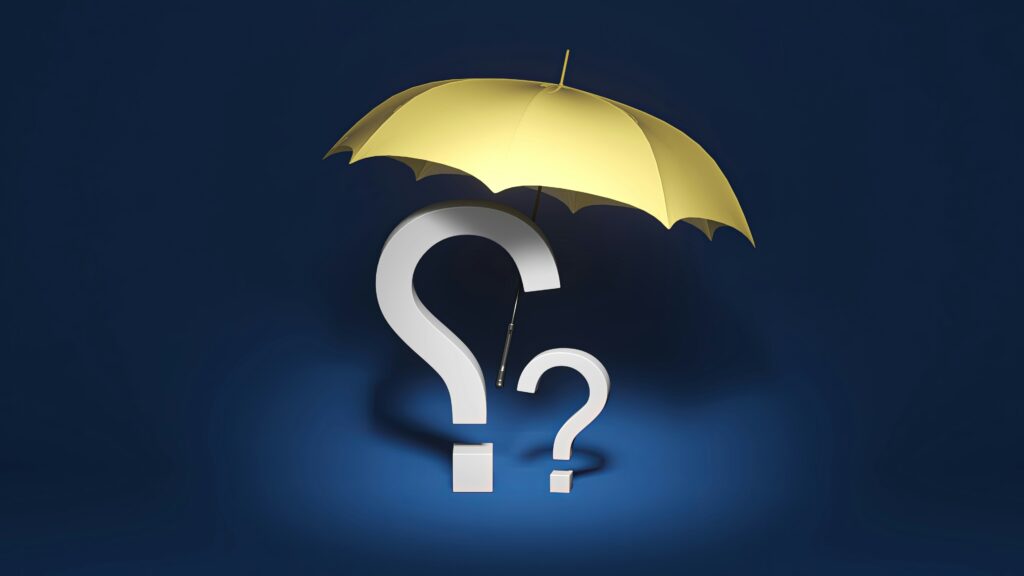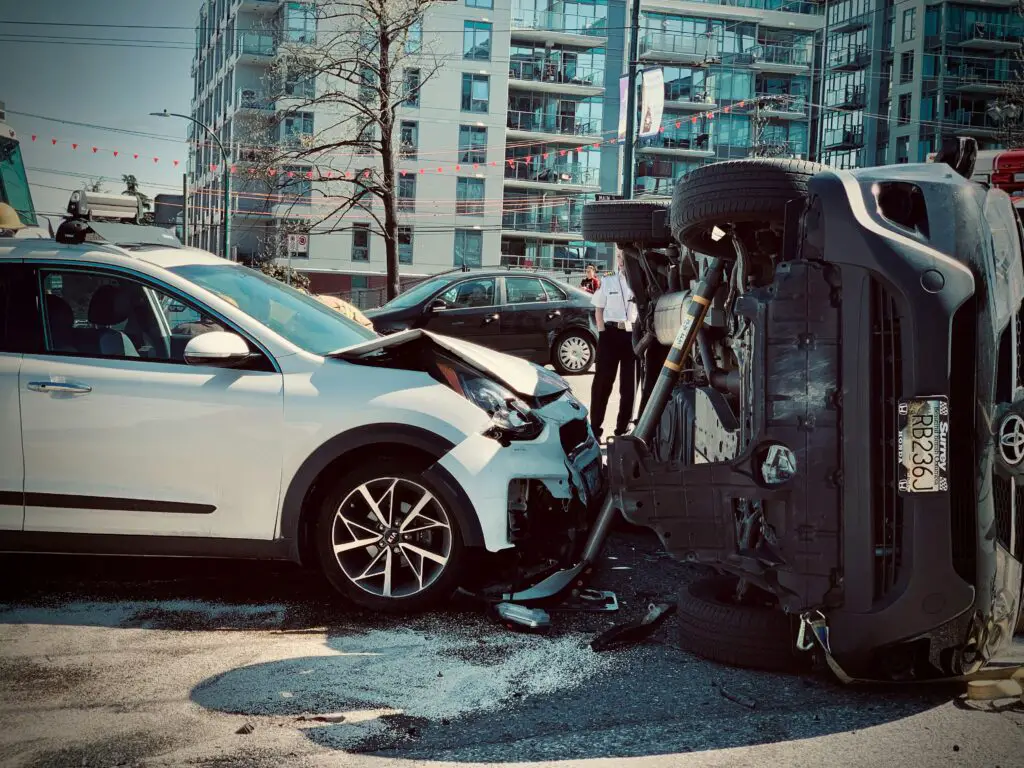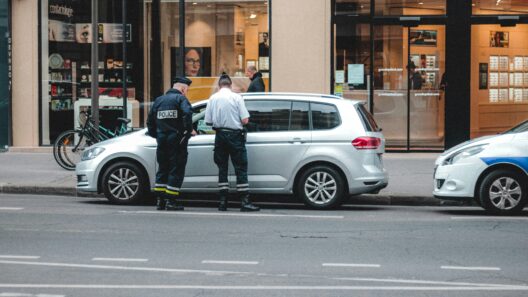Understanding BIPD Insurance: Your Shield on the Road
Ever been on the road, minding your own business, when suddenly, BAM! An unexpected bump in the road (pun intended!) leaves you facing a whirlwind of questions? Accidents happen, and when they do, the financial fallout can be overwhelming. That’s where BIPD insurance steps in – your unsung hero in the world of car insurance.
You might be thinking, “Another insurance term? Do I really need to understand this?” And to that, I say, absolutely! Because knowing what BIPD insurance is, how it works, and why it’s so crucial isn’t just about ticking a box; it’s about protecting your financial future and driving with peace of mind. Whether you’re a seasoned driver in the bustling streets of New York, navigating the quaint country roads of the UK, or cruising through any English-speaking nation, understanding this vital coverage is key. So, let’s buckle up and demystify BIPD insurance together – it’s going to be an insightful, and maybe even a little bit fun, ride!

What Exactly is BIPD Insurance?
Before we dive deep, let’s break down the acronym. BIPD stands for Bodily Injury and Property Damage. In essence, this is the part of your car insurance policy that covers the costs if you’re at fault in an accident and cause injury to another person or damage to their property. Think of it as your financial safety net, protecting you from potentially ruinous expenses.
This isn’t about covering the damage to your own car or your own injuries (that’s where other types of coverage like collision and personal injury protection come in). BIPD is all about the other party. It’s about responsibility, and let’s face it, being responsible on the road is a huge part of being a good driver.
Bodily Injury Liability: Protecting People
So, what does bodily injury liability actually cover? Imagine you accidentally rear-end another car. The driver and passengers in that car might suffer whiplash, broken bones, or other injuries requiring medical attention, lost wages from time off work, and even pain and suffering. Your bodily injury liability coverage would help pay for:
- Medical expenses: This includes ambulance rides, hospital stays, doctor visits, medication, and rehabilitation.
- Lost wages: If the injured party can’t work due to their injuries, this coverage can help compensate them for their lost income.
- Pain and suffering: While harder to quantify, this covers the non-economic damages an injured person experiences.
- Legal fees: In the unfortunate event that you’re sued after an accident, this coverage can also help with your legal defense costs.
Think of it this way: without sufficient bodily injury coverage, a single serious accident could leave you facing hundreds of thousands, or even millions, of dollars in medical bills and legal fees. That’s a burden no one wants to carry.
Property Damage Liability: Protecting Possessions
Now, let’s talk about property damage liability. This part of your BIPD insurance covers the costs if you damage someone else’s property in an accident. This could be anything from another vehicle to a fence, a mailbox, or even a building.
For instance, if you swerve to avoid a deer and end up crashing into someone’s garden shed, your property damage liability would help pay to repair or replace that shed. It also covers the cost of repairing or replacing another person’s vehicle if you’re responsible for the collision.
The average cost of a new car is rising, and even minor fender-benders can result in significant repair bills. Property damage liability ensures you’re not personally on the hook for these expenses, which can quickly add up.
Why Is BIPD Insurance So Crucial?
You might think you’re a careful driver, and I’m sure you are! But even the most cautious drivers can find themselves in an accident. And when that happens, having robust BIPD insurance isn’t just a good idea – it’s often a legal requirement and your ultimate financial safeguard.
It’s (Almost Always) the Law
In most U.S. states and many other countries, BIPD insurance is a mandatory component of your auto insurance policy. The specific minimum coverage amounts vary by location, often expressed in a series of numbers like “25/50/25.” This typically means:
- The first number ($25,000) is the maximum your policy will pay for bodily injury per person in an accident.
- The second number ($50,000) is the maximum your policy will pay for total bodily injuries per accident.
- The third number ($25,000) is the maximum your policy will pay for property damage per accident.
While these minimums might seem like a good starting point, they are often woefully inadequate in the face of serious accidents. We’ll explore why increasing your coverage is almost always a smart move.
Protecting Your Hard-Earned Assets
This is where the rubber meets the road (again, pun intended!). Without adequate BIPD coverage, if you cause an accident and the damages exceed your policy limits, you could be personally liable for the remaining costs. This means your personal assets – your savings, your home, your investments – could be at risk. Imagine having to sell your house to pay for someone’s medical bills. It’s a terrifying thought, right?
BIPD insurance acts as a critical shield, protecting your financial well-being from unforeseen circumstances. It allows you to drive with confidence, knowing that if the unthinkable happens, you’re not facing financial ruin.
Peace of Mind: Priceless!
Beyond the legal and financial implications, BIPD insurance offers something invaluable: peace of mind. Knowing you’re adequately protected allows you to focus on the road, enjoy your drives, and not constantly worry about the “what ifs.” It’s about taking responsibility and being prepared, which in turn leads to a calmer, less stressful driving experience. After all, isn’t that what we all want?
How Much BIPD Coverage Do You Really Need?
This is the million-dollar question, and the answer isn’t always straightforward. While state minimums exist, they are rarely enough to provide adequate protection. Think about the rising costs of healthcare and vehicle repairs. A severe accident involving multiple vehicles or serious injuries can easily exceed those minimums.
Factors to Consider When Choosing Your Limits
When deciding on your BIPD limits, consider these key factors:
- Your assets: This is arguably the most crucial factor. The more assets you have (savings, investments, real estate), the more you stand to lose if you’re sued. A good rule of thumb is to have at least enough coverage to protect your net worth.
- Your driving habits and risk profile: Do you drive frequently? Do you commute in heavy traffic? While we all try to be safe, increased exposure to driving situations can increase your risk of being involved in an accident.
- The cost of higher limits: Often, the increase in your premium for significantly higher BIPD limits is surprisingly small compared to the added protection you gain. It’s often one of the best bangs for your buck in terms of insurance coverage. For example, according to a recent (hypothetical) 2025 insurance industry report, increasing your bodily injury liability from 25/50 to 100/300 might only raise your annual premium by a few hundred dollars, but it boosts your protection exponentially.
Many financial experts recommend aiming for at least 100/300/100 ($100,000 per person for bodily injury, $300,000 total per accident for bodily injury, and $100,000 for property damage). For those with significant assets, even higher limits like 250/500/100 or 250/500/250 might be more appropriate. It’s like having a bigger umbrella for a bigger downpour – you’ll be glad you have it if you need it.

Boosting Your Protection: Beyond the Basics
While BIPD insurance is fundamental, there are other types of coverage that complement it and offer an even more robust safety net.
Umbrella Insurance: Your Ultimate Financial Shield
If you want truly comprehensive protection, especially if you have substantial assets, umbrella insurance is your best friend. This type of policy kicks in after your underlying auto (and homeowners) liability limits are exhausted.
Imagine your auto policy has a bodily injury limit of $300,000, but a catastrophic accident results in $1 million in damages. Your umbrella policy could cover the remaining $700,000, protecting your personal wealth. It’s like adding another, much larger, layer to your financial protection. Plus, umbrella policies often cover other liability situations not related to driving, such as an injury that occurs on your property.
Understanding Deductibles and Premiums for BIPD
When it comes to BIPD insurance, you might notice that there isn’t usually a “deductible” in the traditional sense for the liability portion. A deductible typically applies to your own vehicle’s damage (collision and comprehensive coverage). For liability, your policy simply pays up to your chosen limits if you’re at fault.
Your premium, which is the amount you pay for your insurance policy, is influenced by several factors, including:
- Your driving record: A clean record usually means lower premiums.
- Your age and experience: Younger, less experienced drivers often pay more.
- Your location: Urban areas with more traffic and higher accident rates may have higher premiums.
- The type of vehicle you drive: Some vehicles are more expensive to repair, which can influence rates.
- Your credit score (in some regions): A good credit score can sometimes lead to lower insurance rates.
Remember, it’s always a good idea to shop around and get quotes from multiple insurance providers. You might be surprised at the difference in premiums for the same level of coverage!
Navigating a Claim: What to Expect
No one wants to be in an accident, but understanding the claims process can help ease the stress if it does happen.
Step-by-Step Guidance After an Accident
- Safety First: Ensure everyone is safe. Move to a safe location if possible.
- Call the Police: Even for minor accidents, a police report can be invaluable for insurance purposes.
- Exchange Information: Get the other driver’s name, contact information, insurance details, and vehicle information.
- Document the Scene: Take photos of the vehicles, the accident scene, and any visible injuries.
- Notify Your Insurance Company: Contact your insurer as soon as possible after the accident. Be honest and provide all the details.
- Cooperate with Adjusters: Your insurance company will assign an adjuster to investigate the claim. Cooperate fully and provide any requested documentation.
Remember, your insurance company is there to help you through this process. Don’t hesitate to ask questions if you’re unsure about anything.
Wrapping It Up: Drive Smart, Drive Protected
So, there you have it – the ins and outs of BIPD insurance. It’s not just another line item on your policy; it’s a fundamental safeguard that protects you, your assets, and your peace of mind on the road. From covering medical bills to repairing damaged property, BIPD insurance is the unsung hero that allows you to drive confidently, knowing you’re prepared for the unexpected.
Don’t just meet the minimum requirements. Take a moment to assess your assets and your risk tolerance, and choose coverage limits that truly reflect your needs. Because when it comes to financial protection, being proactive today can save you a world of trouble tomorrow.
Frequently Asked Questions About BIPD Insurance
Q1: What’s the difference between BIPD insurance and full coverage?
“Full coverage” isn’t a single type of policy but generally refers to a combination of different coverages. It typically includes BIPD (Bodily Injury and Property Damage) liability, plus collision coverage (for damage to your own car from an accident) and comprehensive coverage (for damage to your car from non-collision events like theft or weather). So, BIPD is a crucial component of what people often call “full coverage.”
Q2: Can BIPD insurance cover my own injuries or car damage?
No, BIPD insurance specifically covers damages and injuries to other people and their property when you are at fault in an accident. To cover your own injuries, you’d typically need Personal Injury Protection (PIP) or Medical Payments (MedPay) coverage. For damage to your own vehicle, you’d need collision coverage.
Q3: Is BIPD insurance expensive?
The cost of BIPD insurance varies based on many factors like your driving record, location, and the limits you choose. However, increasing your BIPD limits often provides a disproportionately large increase in protection for a relatively small increase in premium compared to the immense financial risk of being underinsured. It’s an investment in your financial security.
Q4: What happens if I cause an accident and don’t have enough BIPD coverage?
If the costs of an accident (medical bills, property damage, legal fees) exceed your BIPD policy limits, you could be held personally responsible for the difference. This means the injured party could sue you, and your personal assets (savings, home, wages) could be at risk to cover the remaining damages. This is why it’s so important to have adequate coverage.
Q5: How do I choose the right BIPD limits for me?
Consider your assets (what you own), your driving habits, and the potential costs of serious accidents. Most experts recommend significantly more than state minimums, often suggesting at least 100/300/100 ($100,000 per person, $300,000 per accident for bodily injury, and $100,000 for property damage). If you have substantial assets, consider higher limits or adding an umbrella insurance policy for additional protection. When in doubt, consult with a trusted insurance agent.









